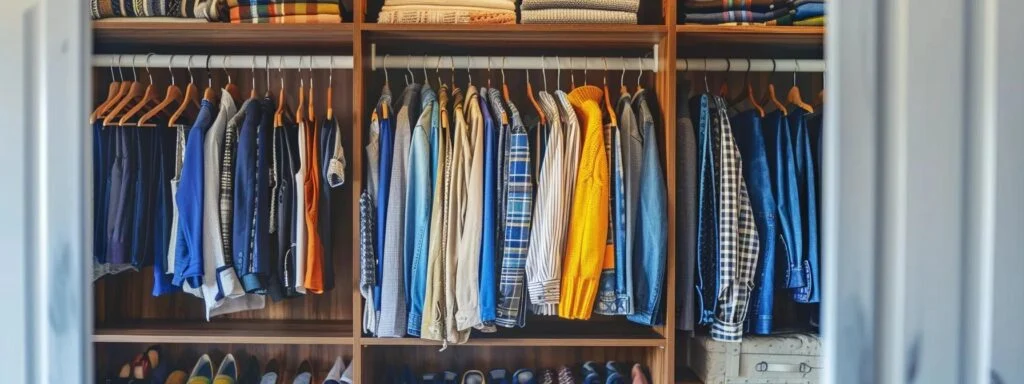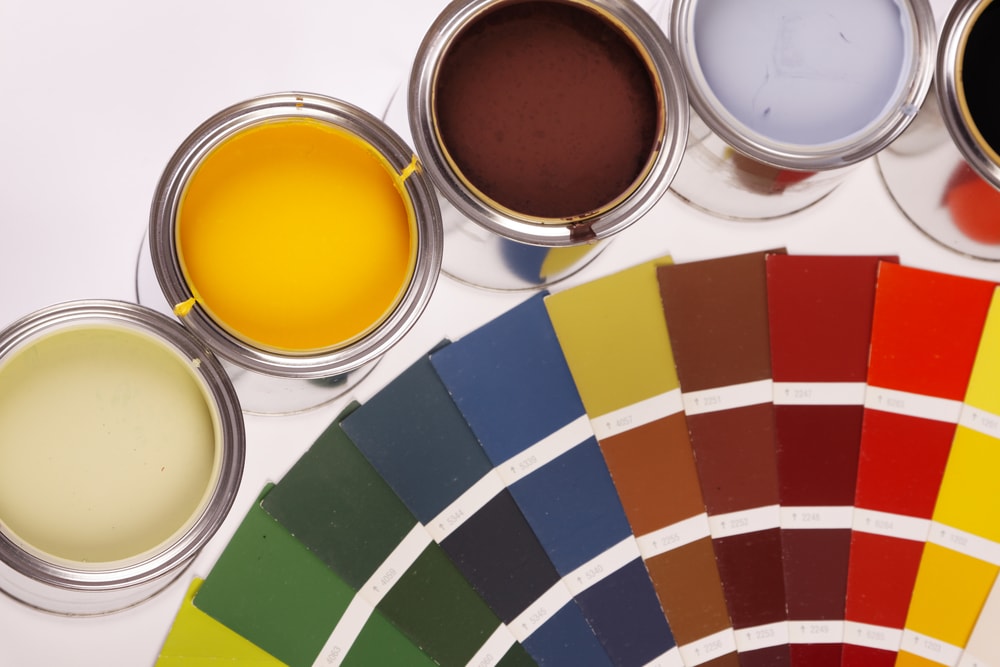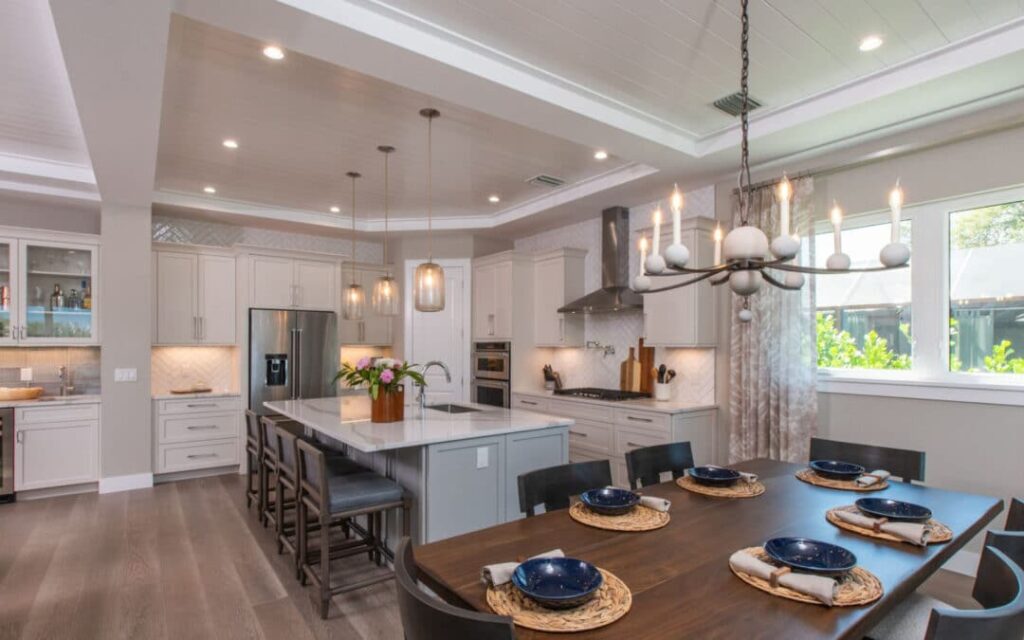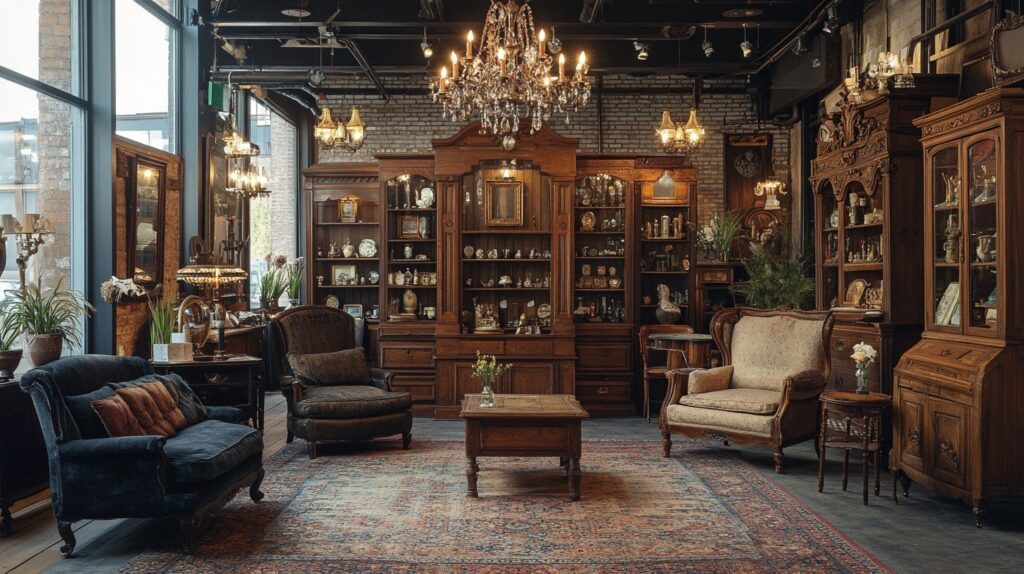Creating a safe home environment is one of the greatest gifts you can give your loved ones. Families with young children or elderly members need special attention when it comes to home safety. Everyday items can turn into hazards, and with active little ones or aging adults, prevention is truly the best policy. In this comprehensive guide, you’ll find simple, effective tips to keep your home as safe as possible, so you can rest easy and enjoy peace of mind.
Why Home Safety Matters
Whether it’s adventurous kids exploring every nook and cranny or seniors who may have limited mobility, your home should be a haven. Unsafe conditions can lead to trips, falls, burns, or even more serious accidents. With a few preventative steps, you can dramatically reduce the risks and empower everyone to feel secure.
Common Hazards in Homes
Before we dive into tips, let’s identify the most common dangers faced by kids and seniors:
- Falls due to slippery floors, throw rugs, or clutter
- Burns and scalds from hot water, stoves, and appliances
- Choking or poisoning from household products and small objects
- Electrical injuries from sockets or exposed cords
- Injuries from sharp furniture corners or toppled furniture
- Suffocation risks from plastic bags or unsafe bedding
- Improper lighting leading to missteps or accidents
Safety Solutions for Every Room
Kitchen Precautions
The kitchen is full of temptations—and dangers—for little ones and seniors.
For Children:
- Use childproof locks on cabinets with cleaning supplies, knives, or breakables.
- Always keep hot pots and pans on back burners, with handles turned inward.
- Store matches, lighters, and small appliances out of reach.
- Designate a “kid safe zone” far from cooking areas.
For Seniors:
- Opt for appliances with auto shut-off safety features.
- Store frequently used items at waist level to minimize reaching or bending.
- Ensure the floor is free of spills and clutter; use non-slip mats near the sink.
- Label foods with large print and use easy-grip utensils for those with reduced dexterity.
- Consider plastic dishes to reduce breakage risk.
Living Areas and Bedrooms
Falls are a leading cause of home injuries. Proactive changes can keep everyone safe.
For All:
- Remove loose throw rugs or secure them using non-slip pads.
- Anchor heavy furniture and TVs to the wall to prevent tip-overs.
- Keep pathways and hallways clutter-free.
For Kids:
- Install cordless window coverings to prevent strangulation.
- Use corner protectors on sharp furniture edges and keep small choke-hazard items out of reach.
- Teach children to avoid climbing on unstable furniture.
For Seniors:
- Arrange furniture for easy navigation and install motion-activated lights for nighttime.
- Keep a charged phone at bedside for emergencies and post important numbers in large print.
- Place a lightweight flashlight or nightlight within reach.
Bathroom Safety
Bathrooms can be especially risky due to wet surfaces and sharp objects.
For Children:
- Never leave young kids alone in the bath.
- Use non-slip mats inside and outside the tub.
- Store medicines and cleaning products in high, locked cabinets.
- Install toilet seat locks to prevent accidental drowning.
For Seniors:
- Install grab bars in the shower, tub, and near the toilet.
- Use a raised toilet seat if mobility is an issue.
- Place a sturdy shower seat and handheld shower for easier bathing.
- Check water heater settings to avoid scalds (no hotter than 120°F).
Stairs and Hallways
Both young children and older adults are at risk of falling on stairs or tripping in hallways.
Best Practices:
- Install safety gates at both ends of stairways for young children.
- For seniors, place handrails on both sides and add visible, non-slip treads to steps.
- Keep stairs clear of objects and ensure lighting is bright and consistent.
Windows and Doors
Windows and doors, if not secured, can be a source of major accidents.
- Open windows from the top whenever possible.
- Install window guards on windows that open from the bottom.
- Ensure that furniture is not placed under windows to prevent children from climbing and falling.
- Install peepholes or security cameras for added safety at entry doors.
- Test all window and door locks regularly.
Electrical Safety
Kids and elderly members are both at risk of electrical injuries if safety precautions aren’t in place.
- Cover all outlets with childproof covers.
- Keep electrical cords out of reach and properly routed to avoid tripping.
- Only allow adults or supervised older children to operate appliances.
- Replace any frayed or damaged cords immediately.
Fire Prevention
Fire is a universal risk—and simple steps can make your home significantly safer.
- Install smoke and carbon monoxide detectors on every floor, and test them monthly.
- Keep fire extinguishers accessible in the kitchen and near sleeping areas.
- Establish a family fire escape plan and practice it with everyone.
- Store flammable materials and matches in locked cabinets.
- Use safety guards around fireplaces and heaters.
Outdoor and Entryway Safety
Don’t overlook the risks just outside your front door.
- Keep walkways, stairs, and porches free of debris, snow, or wet leaves.
- Install sturdy handrails and bright outdoor lighting at all entry points.
- Mark stair edges with bright paint or reflective tape.
- Keep emergency exit routes clear and unobstructed.
Special Tips for Kid Safety
- Always supervise children, especially during playtime.
- Encourage children not to open doors for strangers.
- Store toys in bins, not plastic bags, to avoid suffocation.
- Teach children emergency contact information and how to call 911.
- Avoid toys with small parts that can pose choking risks.
- Stay alert to the dangers posed by household plants, certain pets, and guests’ belongings.
Special Tips for Elderly Safety
- Adapt lighting for vision changes—use nightlights, especially in bathrooms and hallways.
- Place reflectors or high-contrast tape on stairs and door frames for added visibility.
- Check on elderly family members daily; consider medical alert systems for ultimate peace of mind.
- Create an accessible medication management system to avoid missed or doubled doses.
- Encourage regular movement and exercise to maintain balance and flexibility.
Emergency Preparedness for All
Accidents can happen even in the safest homes. Prepare your family:
- Post emergency numbers in easy-to-see spots.
- Keep a basic first-aid kit in a central location.
- Review your emergency escape plan and meeting points twice a year.
- Make sure everyone knows where emergency exits are and how to use fire extinguishers.
Building Safe Family Habits
Creating a safe home is an ongoing process. Regularly walk through your home and review these tips every few months or whenever a child’s abilities or an elder’s needs change. Encourage everyone—kids, adults, seniors, and caregivers—to notice hazards and speak up if they spot a risk. Together, you can build a culture of safety that lasts a lifetime.
Conclusion: Prioritizing Home Safety for Your Loved Ones
Home safety for families with young children or elderly members is more than just a checklist—it’s a way of life. When you make safety a daily habit, you’re not just preventing injuries; you’re creating a nurturing environment for those you love most.
Take action today by reviewing your home, starting with the high-risk areas, and making a few improvements. It’s a small investment that promises big returns in peace of mind.
Ready to make your home a haven? Start with one tip today, share these home safety ideas with your family or community, and empower those you love to enjoy their home worry-free! Together, we create safer homes for all!
This article includes primary and secondary keywords such as: home safety, family safety, childproofing, elderly care tips, kids safety, accident prevention, senior safety, household hazards, and safe home tips naturally for the best SEO performance.






